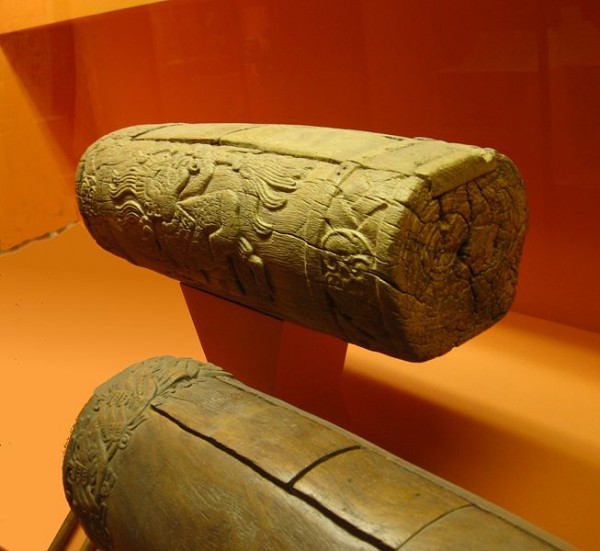5. Pan pipes [30,000 years ago]
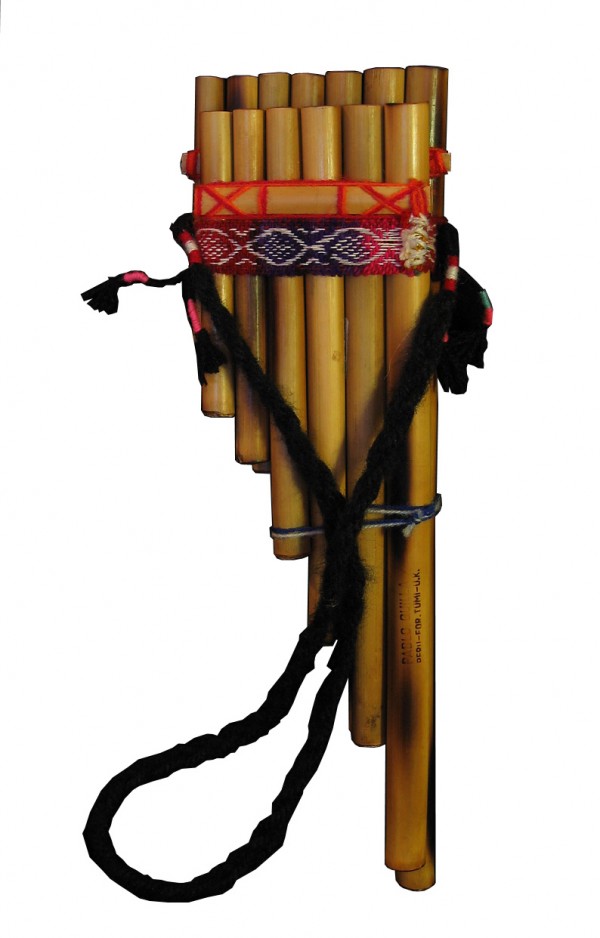
The pipes are one of the oldest made instruments dating back to 30,000 years ago, these were typically made from bamboo or giant cane. The pan flute is named for its association with the rustic Greek god Pan. Another term for the pan flute is syrinx,
6. Bullroarer [17,000 BC]
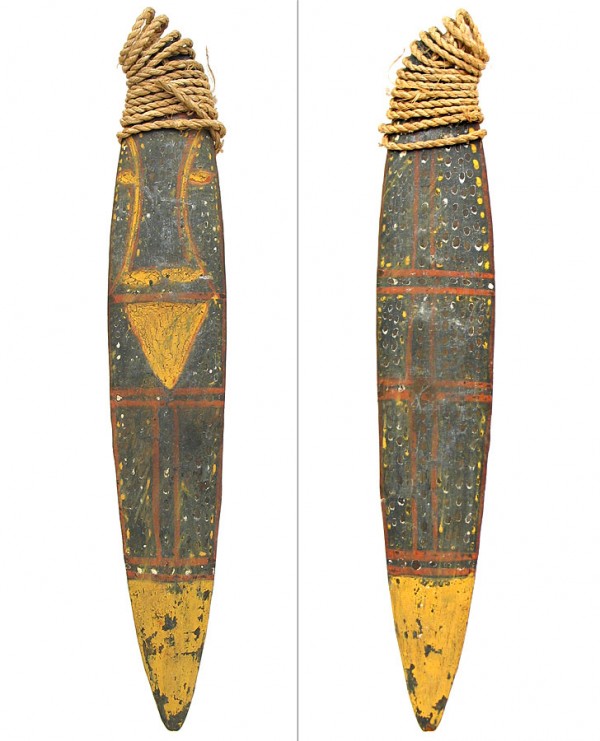
The bullroarer or rhombus or turndun is an ancient ritual musical instrument and means of communicating over extended distances. It dates back to the Paleolithic period, being found in Ukraine dating from 17,000 B.C. The cord is given a slight initial twist, and the roarer is then swung in a large circle in a horizontal plane. The aerodynamics of the roarer will keep it spinning about its axis. In ancient Greece it was a sacred instrument used in rituals.
7. Rattle [11,000 BC]

Image Source
Earliest known rattle consisted of a hollow cane with sand and small stones in it. Rhythmical shaking of this instrument produced repetitive, rather dry timbre noises.
8. Slit Drum [7,500 BC]
The earliest slit drums, dating back 75 ,00 BC, were made by cutting, burning or gouging a slit in the wall of a hollowed-out piece of wood.Made of tree logs having three slits, cut into the shape of an ” H “. If, as is usual, the resultant tongues were different lengths or thicknesses, the drum produced2 different pitches. The ends of a slit drum were closed so that the shell becomes the resonating chamber for the sound vibrations created when the tongues are struck, usually with a mallet.
9. Cuneiform Tablet [2,000 BC]
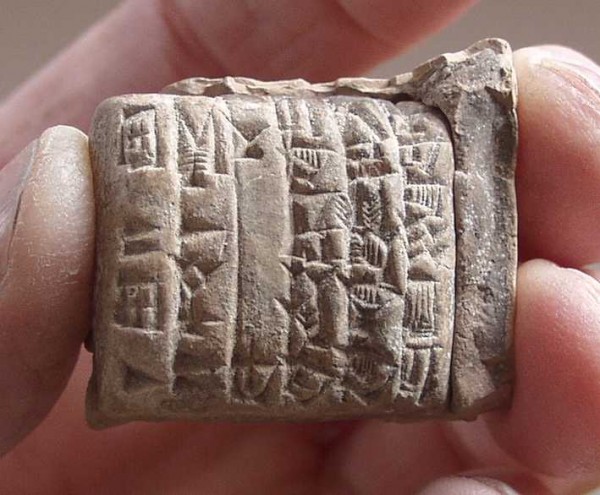
Image Source
A cuneiform tablet from Nippur in Iraq dated to 2000 BC indicates the names of strings on the lyre and represents the earliest known example of music notation. Although these tablets were fragmentary, these tablets represent the earliest melodies found anywhere in the world.
10. Xylophone (2000 BC)
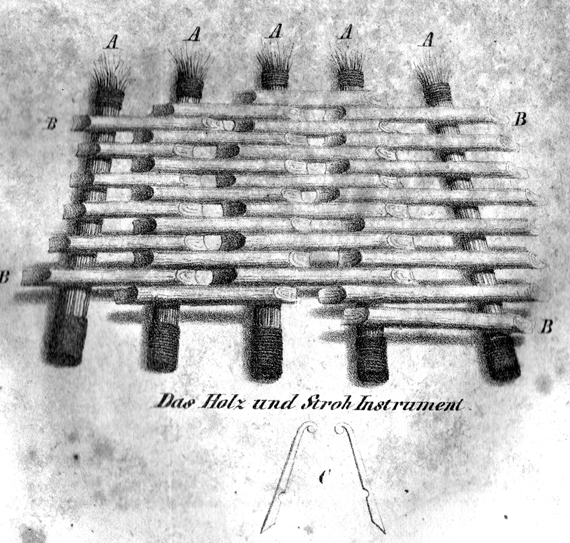
Gusikow’s ‘wood and straw xylophone.
Image Source
The earliest evidence of a xylophone is from the 2000 BC in southeast Asia according to the Vienna Symphonic Library, and there is a model of a similar hanging wood instrument, dated to ca. 2000 BC in China. The original instrument consisted of wooden bars seated on a series of hollow gourds, with the gourds generating the resonating notes that are produced on modern instruments by metal tubes. Tuning the bars was always a difficult procedure. Old methods consisted of arranging the bars on tied bundles of straw, and, as still practiced today, placing the bars adjacent to each other in a ladder-like layout. Ancient mallets were made of willow wood with spoon-like bowls on the beaten ends.
